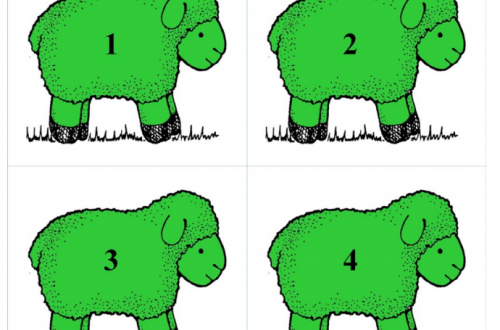Ether 6 & 7 – Convoluted Pathways
 [example of student work – to see up close, click on picture]
[example of student work – to see up close, click on picture]
Today we researched the beginning of the convoluted pathways of the Jaredites, as recorded in Ether 6 & 7. I created an Inspiration document which I called “Convoluted Pathways.”
At the beginning of class, after our devotional, etc., we quickly rehearsed what we’d studied thus far in Ether:
- The three desires of Jared –
- That his and his brother’s language would not be confounded
- That the language of their friends would not be confounded
- That if they were scattered, that it would be to a most choice land
- The work required of Jared’s people to prepare to receive those blessings
- The 344 days on the barges, continually singing praises to the Lord
I explained that now we were going to study what happened after they set foot on the promised land – that their pathways would become rather convoluted.
Dictionary.com states that “CONVOLUTED” means:
- Having numerous overlapping coils or folds (a convoluted seashell).
- Intricate; complicated (convoluted legal language; convoluted reasoning).
I passed out my “Convoluted Pathways” sheet, giving one sheet to every two students.
We did the first step on the pathway together, so that they could see how to do it. In other words, we read Ether 6:12 and then decided which word would summarize best what was in that particular verse/account.
The class generally thought that “gratitude” would be a good summary word for verse 6, although they were free to record any word they thought appropriate.
I turned them loose on the assignment with the following steps:
- At each step of the pathway, one student is to act as the reader. That student reads each of the assigned verses out loud (the suggested verses were printed on the Convoluted Pathways sheet).
- Each team is to discuss which word is the best summary for what was Moroni recorded in the verse(s).
- The second student acts as the historian and records the team’s word (or several words) at the proper step.
- Finally, they are to look for the most potent lesson that can be learned from these two chapters. In other words, why did Moroni include this part of the history?
It took the students maybe fifteen minutes to work through the sheet. Then we went step by step through the sheet, with the students calling out what they had written. Oftentimes, I actually went team by team so that the students could hear all of the other summaries.
I partially did this so that they could hear the perspectives of the others, but I also did this to make sure we didn’t “lose” any of the teams in the flurry of the comments. In other words, sometimes some kids will start chatting about something else if they feel the class as a whole is carrying the assignment and they don’t feel the need to stay involved.
But when I focus on each individual team or student, step by step through any assignment, the attention seems to stay more focused by all.
Once we walked through the single word summaries (some of the teams used several words to summarize, which was fine), then I asked each team to share what they felt was the most potent lesson to be learned from these two chapters.
It was really enriching and spiritually building to hear their profound insights. And to help offset any possible clowning (because after all, teens are usually lighthearted and like to have fun – which at times is appropriate, but I wanted seriousness for this part), I said again before we began, “I think you are mature enough to do this. I really would like to hear your insights as to why you think Moroni included these two chapters. What might be the most important lesson to be learned from these?”
And what they came up with amazed me. What great kids.
P.S. The purpose of these kinds of activities is several-fold:
- To immerse the students in the scriptures themselves, rather than just hear them. There is a difference.
- To have the students process what they are hearing on a deeper level by verbalizing and summarizing.
- To have the students share with each other their own thoughts on what they are learning, rather than just hear the thoughts of the teacher. This deepens their spiritual maturity and allows them to develop better facilities with sharing the gospel in general.
- To have the students actually record what they’ve discovered deepens the learning process even more (we are a journal keeping people, after all).
Research has shown this multi-modal process to learning helps what was learned remain longer. Besides, Elder Hales, when speaking to CES teachers, told the teachers to have their students writing during class regarding what they’re learning. He explained how this deepens their spiritual awareness.
So I’m seeking everything possible to try to follow that counsel – in a variety of ways so it doesn’t get boring for the students, but I’m definitely trying every day to find some way to have them process what they’re learning through reading in the scriptures themselves, through writing and verbalizing. :0)
Until tomorrow!
just another early-morning-seminary-teacher mom! :0)
***
To download the free PDF, simply click here. If not a member yet of the Seminary Class Notes group, it’s easy to join so that you can get to all the free PDFs. Simply click on the Join button and sign up. It’s free, plus you’ll receive a monthly newsletter with scripture mastery possibilities, teaching tips and other resources to help you in your LDS seminary classroom! I figure if the Lord has blessed me in certain ways to create application materials that worked well with my class, I want to freely share those with others!Free resources for the LDS seminary teacher.



